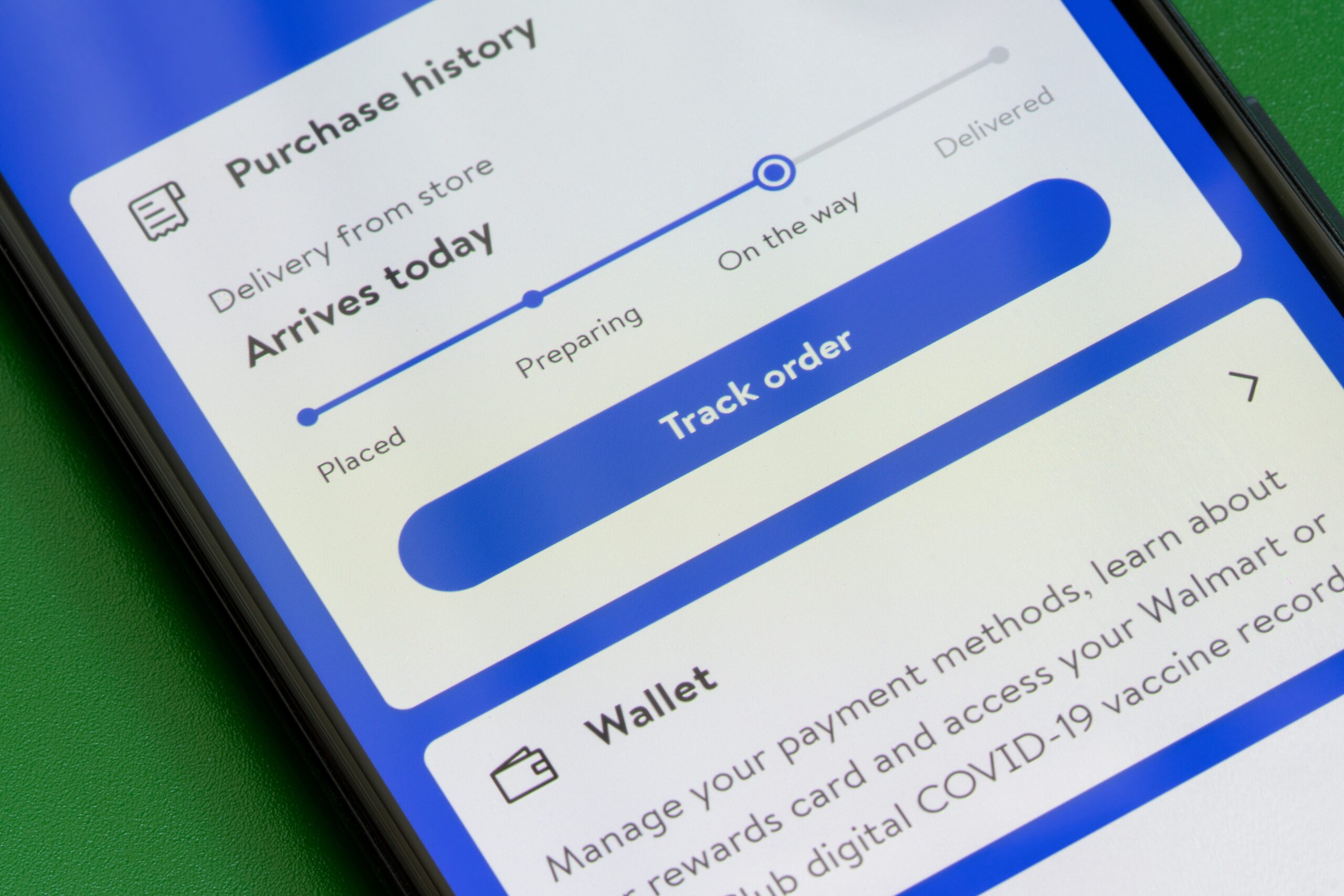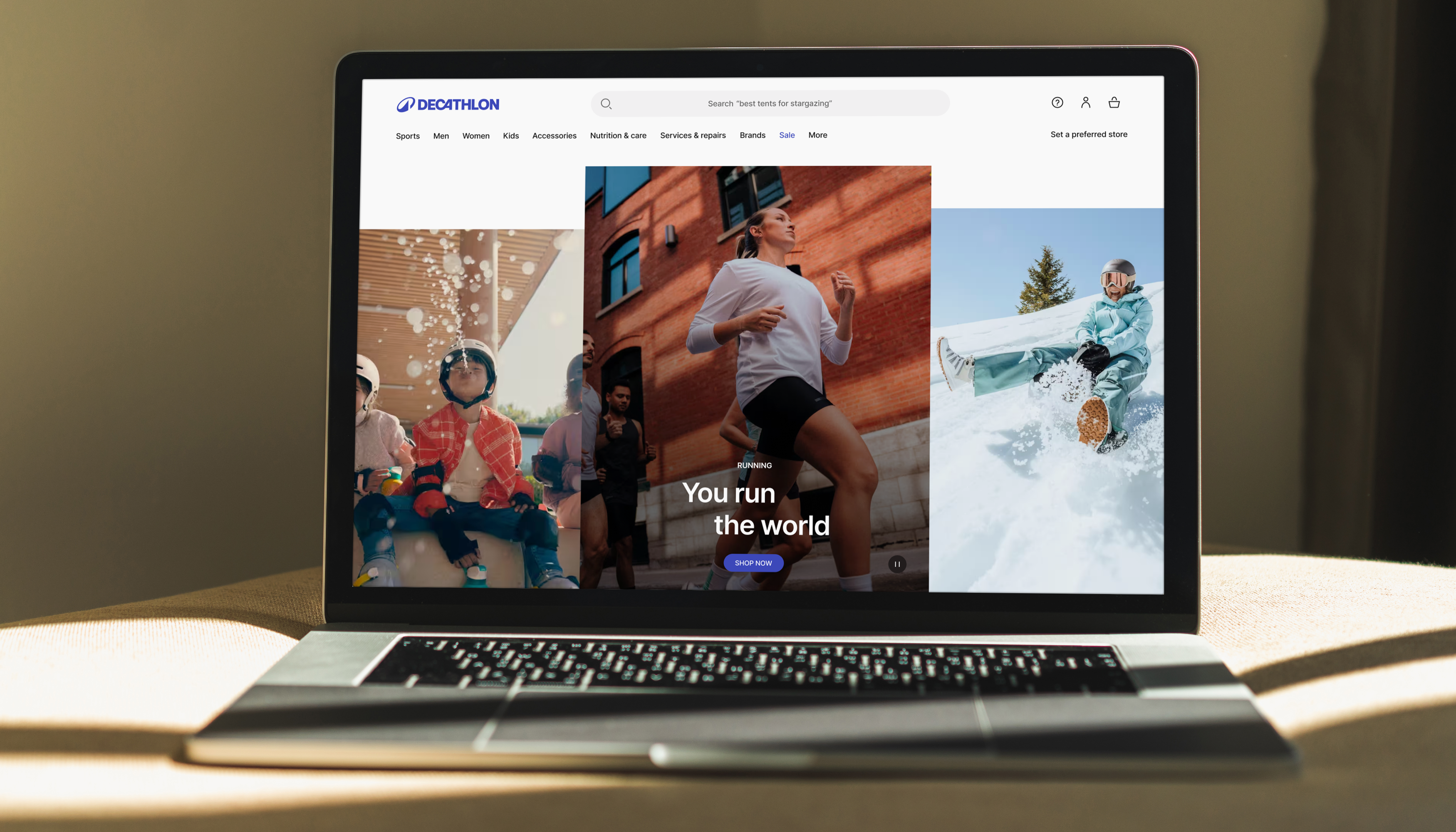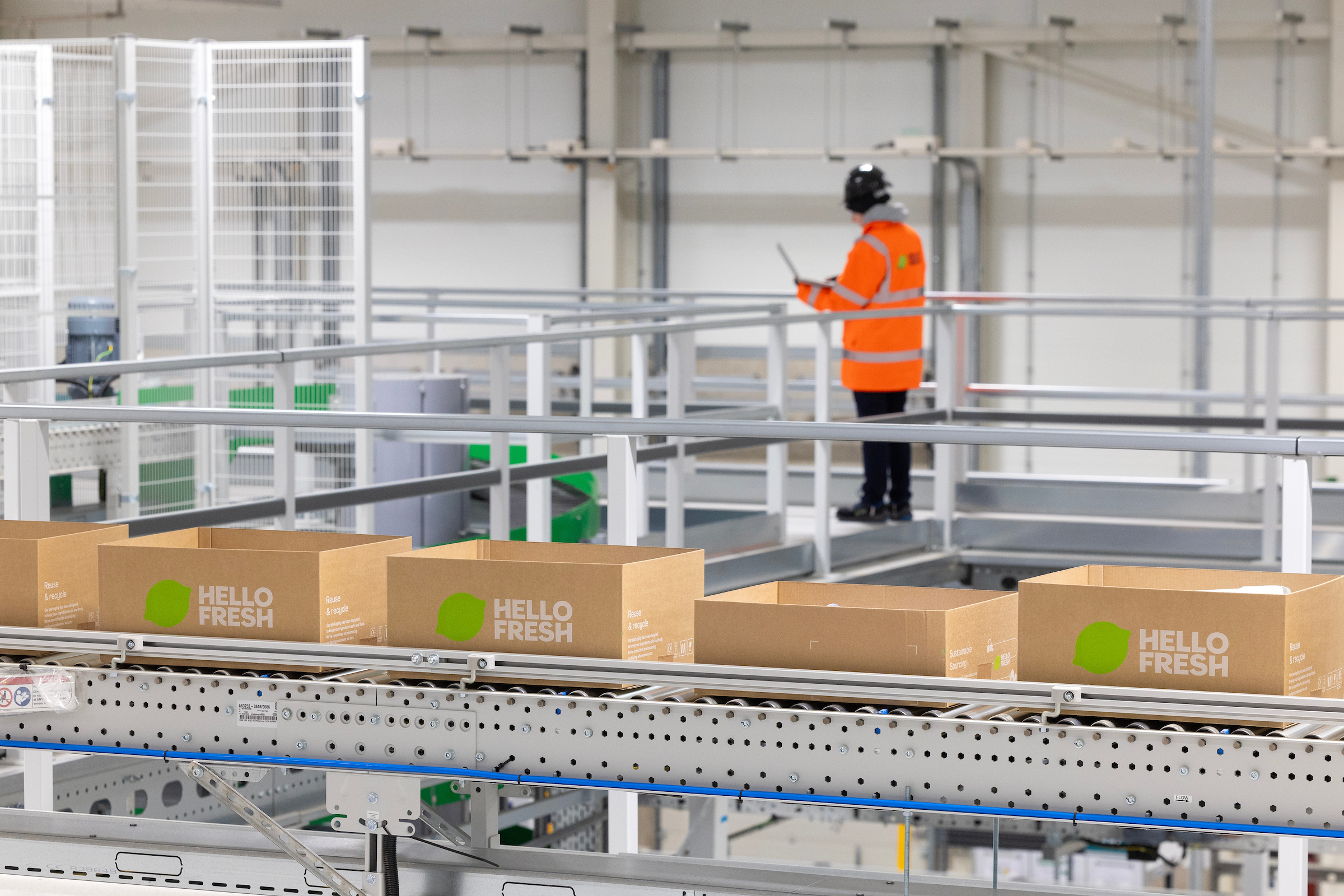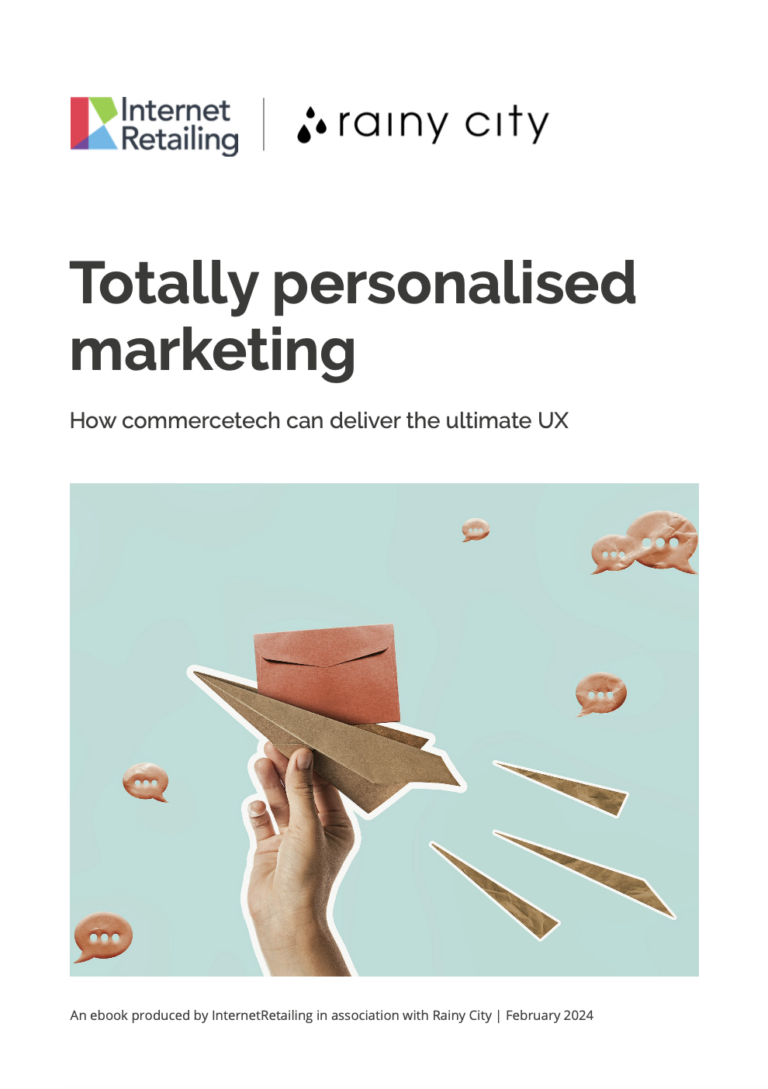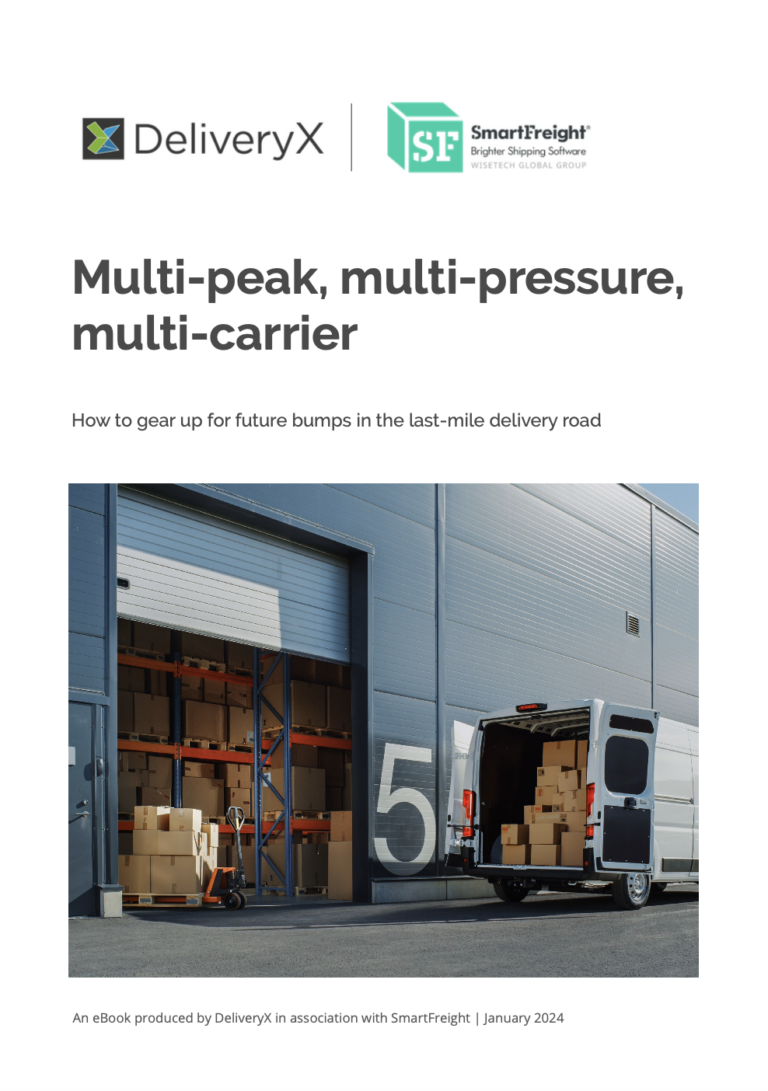The latest consumer research from HSOmakes interesting reading: consumers don’t, it seems, want the likes of Amazon and ASOS on the High Street – they belong online. What they do want to see, however, are existing High Street retailers doing more to make stores interactive and more web-enabled.
Of course, one of the overriding advantages High Street stores have over the web – certainly in fashion, apparel, consumer goods and many other sectors – is that they allow for shoppers to, to paraphrase XTC, see, hear, smell, touch, taste the goods before buying them.
Conversely, online retailers have the benefit of much greater and wider stock availability and can often be more successful in getting what the customer wants when they want it.
Customers, however, appear to want to have their cake and eat it: they want the physicality of the High Street, with the endless aisle of the internet. Survey’s, eh? Dontcha just love ‘em? As if asking the people what they want is ever a good idea (as we shall see come 29 March)…
So, what are retailers to do? Meeting these changing shopper habits is the greatest challenge retailers have probably ever faced. Even those that are trying to keep upare struggling. The answer, almost certainly, lies in technology – but perhaps not just mobile, which would appear to be the obvious tool, but a joining of many technologies.
While mobile is slowly coming to dominate ecommerce – with the latest IMRG-Cap Gemini figuresshowing that, in Q4, mobile accounted for more sales than desktop: 60.3% if you lump phone and tablet together – it also has a massive role to play in stores.
It is the link between the physical world and the online world and it is in the hands of the shopper as they mooch about the shops.
However, making that link is often beyond most retailers. Legacy systems – and, frankly, legacy thinking – often prevent that link being made on a technical and operational.
As HSO’s retail sales director, Hector Hickmott, says: [This is] where technology like enterprise resource planning (ERP) can help. Not only can it give retailers complete visibility of their online and in-store stock, it can also guarantee they always have enough stock in place to meet customer demand while ensuring they don’t overstock and end up marking products down.”
But getting that to actually happen in practice is proving to be beyond many retailers – it is systemically and structurally impossible.
But it is essential. There is an increasing move towards adding technology to stores, but there is no benefit if it doesn’t produce a joined-up impact on the business.
In-store kiosks, screens and intelligence are all increasingly popular – part of the browser-less commerce revolution – yet in many instances, where they are being implemented, they allow for searching out of products, but no purchase.
My other half visited a well-known cosmetics concession in a big West End store last week and was amazed that she could try on, virtually, a vast array of lipsticks. Having narrowed it down to about nine, she then couldn’t buy them from the virtual reality screen she was using, nor were they in stock. I rest my case.
This is the technology gap that retailers need to bridge – they need to not only try out new tech, but make it part of the purchase journey: the purchase journey across all channels.
Online this is already happening. Dash Buttons are less than four years old, but they have already been junked– replaced by Alexa and voice commerce. Times are changing and changing fast.


